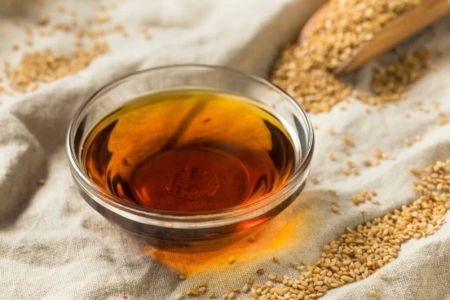Beef Dumplings: A Delicious and Easy Guide to Making Authentic Chinese Dumplings
- 1. What Are Beef Dumplings?
- 2. Ingredients for Making Beef Dumplings
- 3. Step-by-Step Guide to Making Beef Dumplings
- 4. Tips for Perfect Beef Dumplings
- 5. Exploring Beef Dumplings in Chinese Cuisine
- 6. Where to Buy Authentic Beef Dumplings
1. What Are Beef Dumplings?
Beef dumplings are a beloved dish in Chinese cuisine, known for their savory filling of seasoned beef, wrapped in a soft dough. These dumplings are typically steamed, boiled, or pan-fried, offering a delicious combination of flavors and textures. While many dumplings are made with pork or vegetables, beef dumplings stand out with their rich, hearty filling that appeals to those who love a bold, meaty taste.
Traditionally, beef dumplings are enjoyed as a snack, appetizer, or part of a larger meal during celebrations, family gatherings, or as a comfort food. Whether you’re at home or dining out at a Chinese restaurant, beef dumplings offer an authentic taste of Chinese culture that’s hard to resist.
2. Ingredients for Making Beef Dumplings
Making beef dumplings at home is surprisingly easy if you have the right ingredients. Here's what you'll need:
- Beef: Ground beef is the key ingredient. For a richer taste, use a mix of beef with a bit of fat content, which will make the filling juicier.
- Vegetables: Chopped onions, garlic, and ginger are commonly used to add flavor. Some recipes also include cabbage or mushrooms to balance the texture and taste.
- Seasonings: Soy sauce, sesame oil, and a touch of sugar are essential for that signature savory-sweet balance.
- Wonton wrappers: These thin sheets of dough are perfect for wrapping the beef filling, and they are readily available at most grocery stores or Asian markets.
- Optional: Chili oil or vinegar: For an extra kick, serve your dumplings with chili oil or a tangy vinegar dipping sauce.
These simple ingredients come together to create the delicious and satisfying beef dumplings you’ll love making and eating!
3. Step-by-Step Guide to Making Beef Dumplings
Here’s a simple guide on how to make beef dumplings from scratch:
- Prepare the filling: In a mixing bowl, combine the ground beef with finely chopped onions, garlic, ginger, and your seasonings (soy sauce, sesame oil, and a little sugar). Mix everything together until well combined.
- Assemble the dumplings: Place a small spoonful of the beef mixture onto the center of each wonton wrapper. Fold the wrapper over and pinch the edges together, sealing tightly to form a dumpling. You can fold the edges in pleats for a more traditional look.
- Cook the dumplings: You can either steam, boil, or pan-fry your dumplings. To steam, place them in a steamer basket and cook for about 8-10 minutes. To boil, gently drop the dumplings into boiling water and cook until they float. For a crispy option, pan-fry the dumplings until the bottoms are golden brown and the tops are tender.
- Serve: Once cooked, serve your beef dumplings hot with dipping sauces like soy sauce, chili oil, or vinegar. Garnish with fresh herbs or sesame seeds for added flavor.
Making beef dumplings at home is a fun and rewarding experience. Whether you’re cooking for a special occasion or simply enjoying a casual meal, these dumplings will never disappoint!
4. Tips for Perfect Beef Dumplings
To ensure your beef dumplings turn out perfectly every time, consider the following tips:
- Use cold ingredients: To prevent the dumplings from becoming too soggy, keep your beef and vegetables cold while assembling the dumplings.
- Seal the dumplings tightly: Be sure to seal the edges of the dumplings properly to avoid any leaks while cooking. You can lightly moisten the edges of the wrapper with water to help them stick.
- Don’t overfill: When adding the filling, avoid overstuffing the dumplings. A small amount of filling is enough for each wrapper, as overfilling can make them difficult to seal.
- Cook in batches: To avoid overcrowding the pan or steamer, cook your dumplings in batches. This ensures even cooking and prevents them from sticking together.
With these tips, your beef dumplings will turn out deliciously juicy and perfectly cooked every time!
5. Exploring Beef Dumplings in Chinese Cuisine
Beef dumplings are not just a staple of home cooking but also an important part of Chinese culinary traditions. Depending on the region, beef dumplings may be prepared in different ways. In northern China, for example, dumplings are often boiled or steamed and served during festive occasions, while in other regions, they might be pan-fried to add a crispy texture.
Each variation of beef dumplings reflects the unique flavors and cooking styles of different Chinese regions. For instance, dumplings served in the south might include more delicate fillings with a touch of sweetness, while those in the north might feature a heartier, richer taste. Exploring these different types of beef dumplings gives you an exciting journey into the diverse world of Chinese cuisine.
6. Where to Buy Authentic Beef Dumplings
If you're not in the mood to make your own dumplings, don’t worry! There are plenty of places to buy authentic beef dumplings in Chinese markets and restaurants. Many Chinese restaurants serve delicious homemade dumplings, and local Asian markets often carry frozen dumplings that are easy to prepare at home.
For the best experience, try visiting a local dim sum restaurant or a specialty Chinese eatery that offers freshly made dumplings. If you’re craving high-quality dumplings delivered to your door, check out online retailers that specialize in Asian foods.
To find the best beef dumplings in town or to discover the ingredients needed to make your own, visit Chinese Food for a wide selection of products, recipes, and expert tips!
Ready to enjoy the savory goodness of beef dumplings? Whether you’re making them at home or dining out, beef dumplings are sure to satisfy your cravings. For more delicious recipes and to explore all things related to Chinese cuisine, visit Chinese Food today!


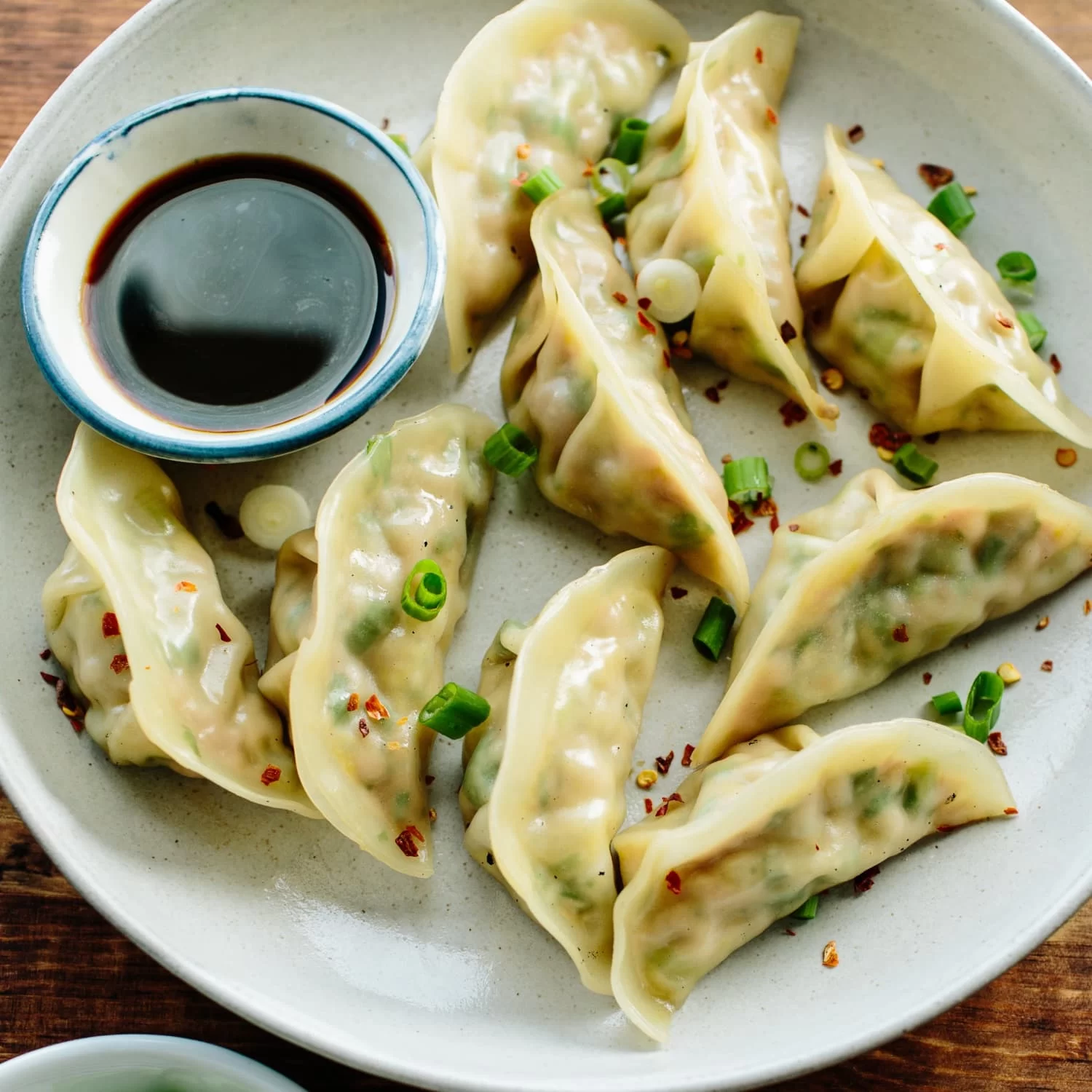
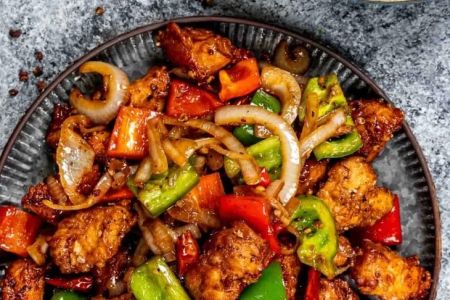
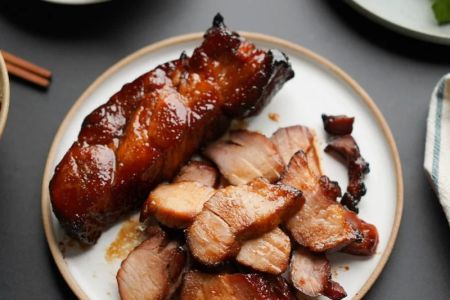
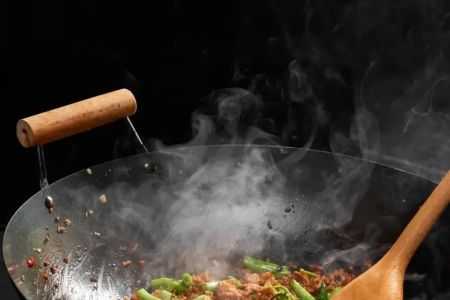
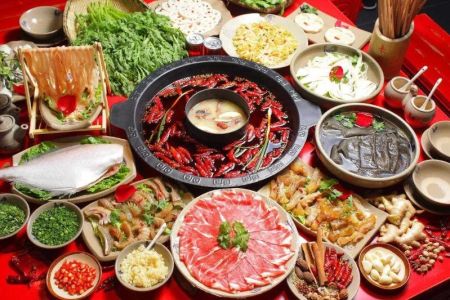
![Top Chinese Restaurants for Authentic Cantonese Cuisine in [Your City]](https://img.gochinarose.com/d33/2507/4157910400_450x300.webp)
